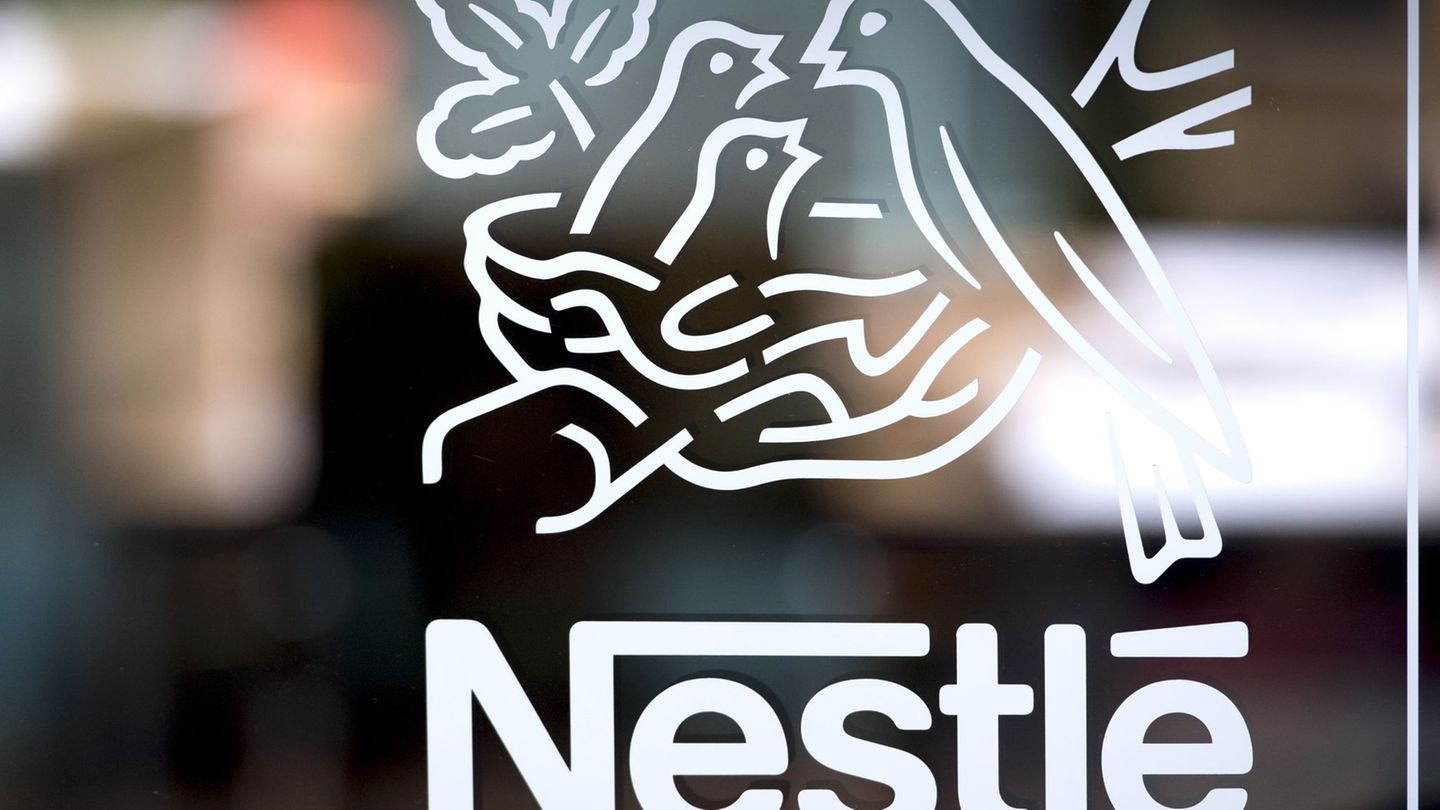After the STEPs, inflationary hedging and immediate liquidity instruments regained relevance. What does the market recommend?
After the STEP, the Government carried out a 22% devaluation of the official exchange rate and this led to altering the position of investors.
Depositphotos
The dynamics of Common Investment Funds (FCI) throughout August it was conditioned by two key events: the primary elections and the subsequent devaluation. In the first two weeks of the month, market expectations of a slight jump in the exchange rate increased, for which exchange rate hedging instruments were strongly demanded.
The content you want to access is exclusive to subscribers.
After the STEP, The Government carried out a 22% devaluation of the official exchange rate and this led to altering the position of investors. Thus, in the second fortnight, inflationary hedging and immediate liquidity instruments regained relevance. Going forward, analysts consulted expect subscriptions in the FCI dollar linked make up ground against expectations of a new official jump in October.


According to the Personal Investment Portfolio Funds team, in the two weeks prior to PASO, dollar-linked strategies received a daily average of $15.3 billion, with a maximum of $66 billion the previous Friday, a record since April, when the dollar soybean 3 did not meet expectations. After the STEP, the panorama changed: the linked dollar lost $50,000 million.
“However, this trend marked a halt this week and, in fact, these strategies received flows again – on Thursday they totaled $16,000 million. Given the current situation, the market has not yet ruled out a new jump in the exchange rate -you only need to look at the Rofex curve, which expects a 25/30% jump between October and November of this year”, highlighted Portfolio Personal.
Regarding the dynamics of the dollar-linked FCIs, in July they had net subscriptions for $40,000 million, reversing the negative trend of June. Thus, throughout the year they accumulated redemptions in June, February and January, for $19,058 million, $2,244 million and $13,364 million respectively. While they accumulated subscriptions in May, April and March for $43,220 million, $48,588 million and $7,539 million respectively.
On the other hand, prior to the Primaries, in the first half of August the FCI T+0 had accumulated ransoms for $180,000 million and the CERs remained cautious. As for the dynamics after the STEP, from PPI they pointed out: “Political uncertainty increased – and we believe it will last until October, or more than likely November -, and sustained by the new measures (jump in the dollar and rise in rates) , the T+0s recovered their position with positive net subscriptions (from the 14th to Thursday) of more than $580,000 million. Even, the CERs returned to the scene -before an expected acceleration in inflation-and accumulated a little more than $100,000 million in the same period”.
In this way, so far this year, the FCI Money Market (MM) continue as the most demanded. In July they accumulated subscriptions for $450,000 million, an amount that put the weighting of MM in the total industry at a maximum, which climbed again to 54%. Throughout the year, June was the only month where this type of funds fell ($234,946 million). In the other months, subscriptions accumulated $608,883 million. While, the FCI CERs had a negative dynamic throughout the year, with the exception of August and June, the month in which they accumulated subscriptions for $29,531 million.
Source: Ambito
I am a 24-year-old writer and journalist who has been working in the news industry for the past two years. I write primarily about market news, so if you’re looking for insights into what’s going on in the stock market or economic indicators, you’ve come to the right place. I also dabble in writing articles on lifestyle trends and pop culture news.




